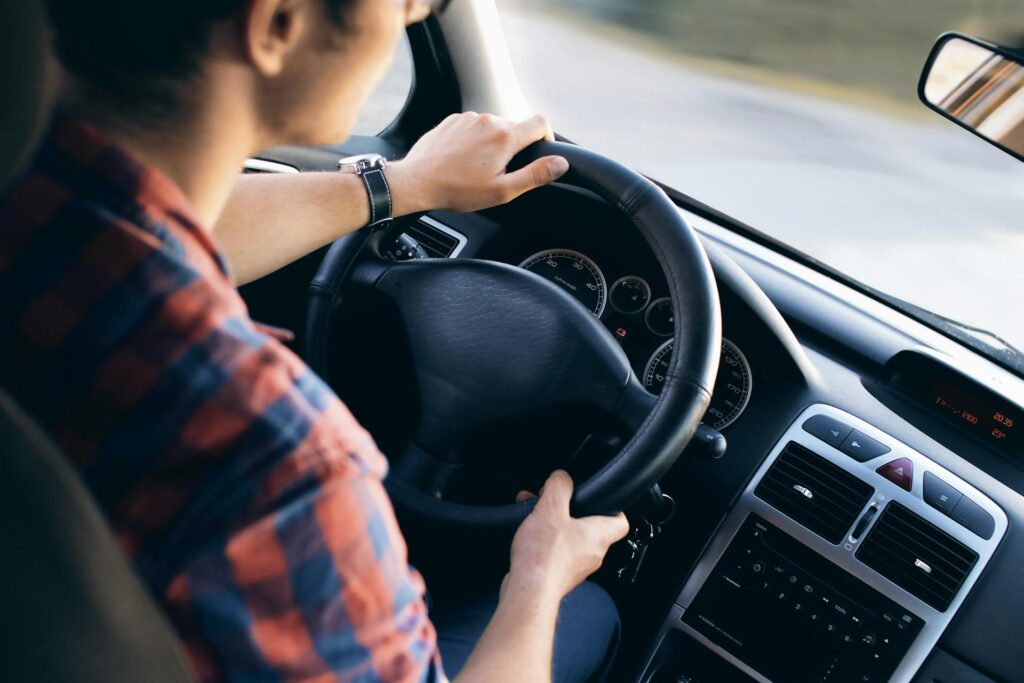Traditionally this is the time of year many of us look at purchasing a new car, in time for the 2014 registration in March. You may already know the make and model that meets your needs but have you given much thought to its suitability when it comes to your spine health? After purchasing your car, finding out that your car is not comfortable to drive can be an expensive mistake….We have put together some useful tips to help you find the car that best suits you.

In the market for a new car? Make sure you buy the one that suits you (& your back!).
- Small hatchbacks and super-minis have a short wheelbase and often poor ride, this may aggravate a bad back.
- Consider the effect of a low slung sports car with a firm suspension.
- Consider a high riding car. It is easier on the spine, getting in & out of a car with a higher kerb height.
- Avoid large wheels over 17 inches.
- Consider an automatic gearbox (no constant clutching) if you have chronic back pain.
- Avoid sculpted sports seats if you don’t have a sculpted body!
- Power steering also significantly reduces the load on the spine.
5 easy tests to select the right car.
- The Praying Test – (Checks if steering wheel is offset). Place your hands together, fingertips & palms touching, pointing outwards from the chest as if praying (with wrists touching chest). In this position the hands will form a fairly accurate perpendicular to the body; they should point towards the centre of the steering wheel.
- The Fist Test – (Checks head room). With the seat in the normal driving position make a fist with the left hand keeping the thumb to the side of the index finger. The depth of such a fist will measure approximately 50mm and it should be possible to place the fist on the crown of the head.
- The Look Down Test – (Checks for left Shoulder Girdle rotation). With both hands placed evenly on the steering wheel look down at the legs. It should be possible to see equal amounts of both legs between the arms. Frequently the left leg will be visible but the right leg will be obscured by the right arm which may indicate that the shoulder girdle is rotated.
- The Right Leg Test – (Checks alignment of right foot). This test should be performed after driving the car for a short while. Look down & examine the position of the right leg. Is it elevated above the level of the left or has it fallen out towards the edge of the seat?
- The Kerb Head Test – (Checks how easy it is to exit vehicle). Swing the right leg out of the car as though getting out, & place the right foot on the ground. Try & ensure the lower leg is in a vertical position. Now look at the surface of the right thigh. It should be sloping down towards the knee. If it is sloping upwards (ie if knee higher than the hip) you will have difficulty getting out of the vehicle.
Additional Tips.
- Avoid roads with potholes & traffic calming measures.
- On a long journey, take a break every hour, walk about and stretch.
- Don’t ‘ride the clutch’, resting your foot in the air? Can cause aching ankles or calf muscles.
- Wear comfortable footwear & loose fitting clothing. Avoid a tight belt; it can add pressure to the back.
- If your vehicle has it use cruise control while driving long distances.
- Remove your wallet from your back pocket, can put pressure on buttock muscles.
